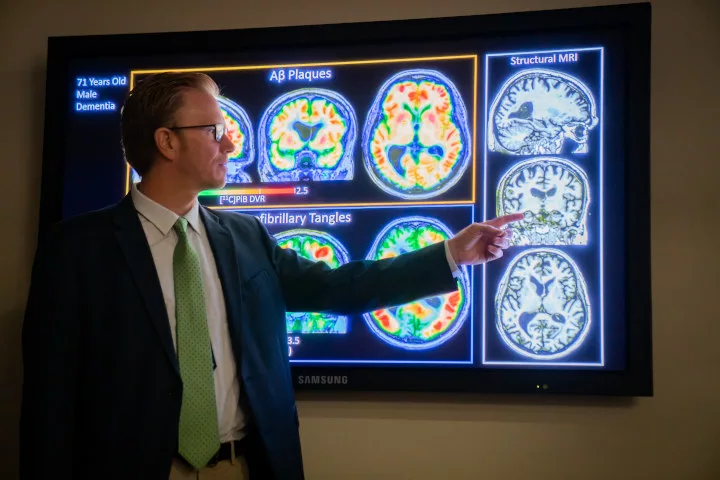The study began with one participant in Nov. 2001 in Madison, Wisconsin. Twenty years later, with more than 1,700 research participants and two decades of data collection, it has become the largest family history study of Alzheimer’s disease in the world.
The study follows participants, 70% with a family history of Alzheimer’s disease, over time to learn about biological, health and lifestyle factors that might influence the disease. Every two years, participants come in for memory testing, blood draws, interviews and a subgroup undergo brain imaging and spinal fluid tests to help researchers develop a comprehensive data set that includes cognition, lifestyle, molecules (biomarkers) associated with Alzheimer’s disease, genetic analysis and metabolism information. These regular touchpoints are important because they can help researchers understand patterns that might be related to disease development or prevention long before symptoms are apparent.
The longer a person participates in the study, the more researchers can learn about changes that may happen in the brain and how they relate to cognitive function over time, according to Sterling Johnson, PhD, WRAP principal investigator and professor of medicine (geriatrics) at the UW School of Medicine and Public Health.
“Our participants and our researchers are a team. We are enabling real progress toward a future of delaying, preventing and ending Alzheimer’s disease,” Johnson said. “In its 20th year, WRAP is embarking on new discoveries that shape how scientists and clinicians across the world think about Alzheimer’s disease.”


